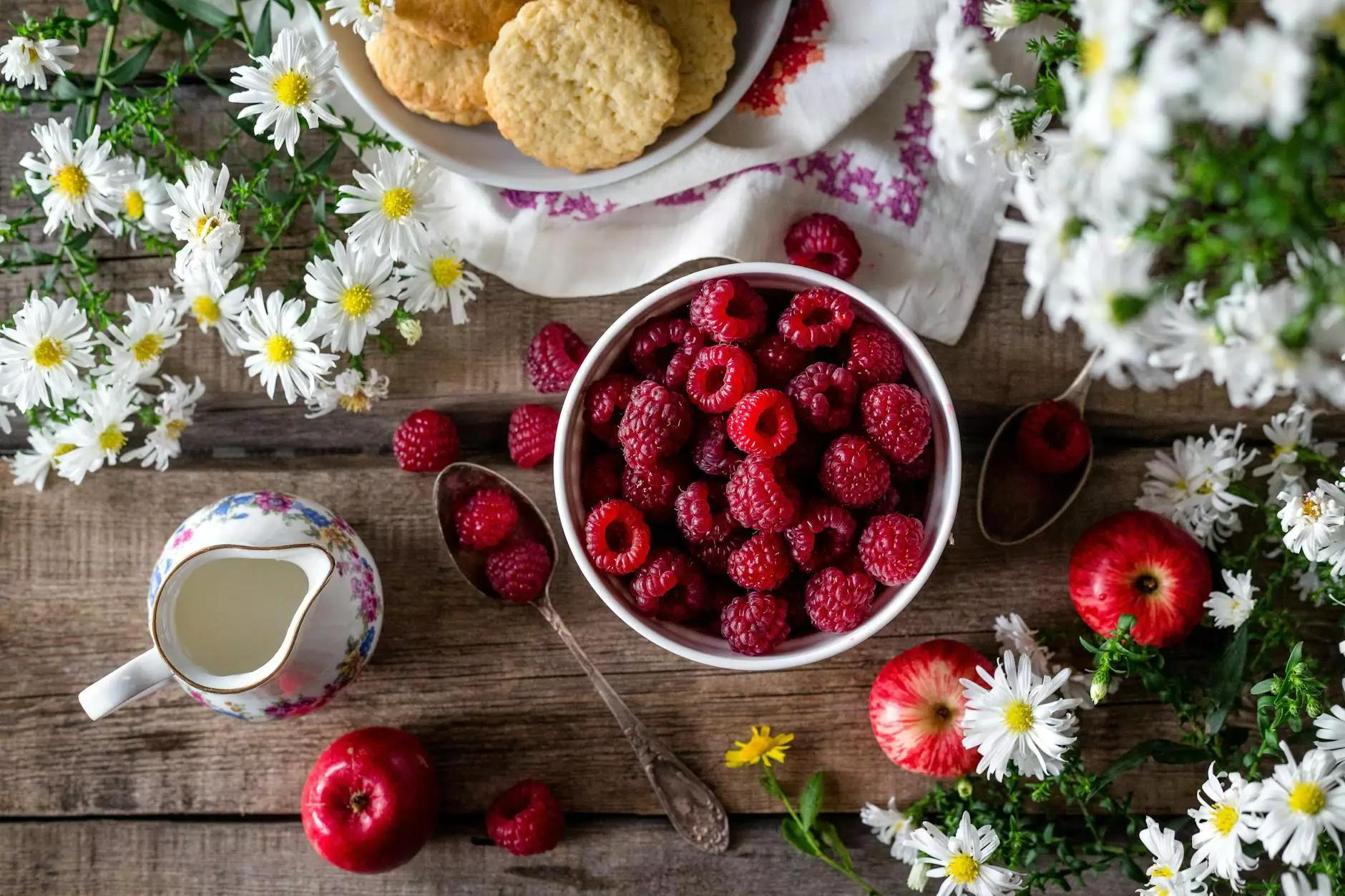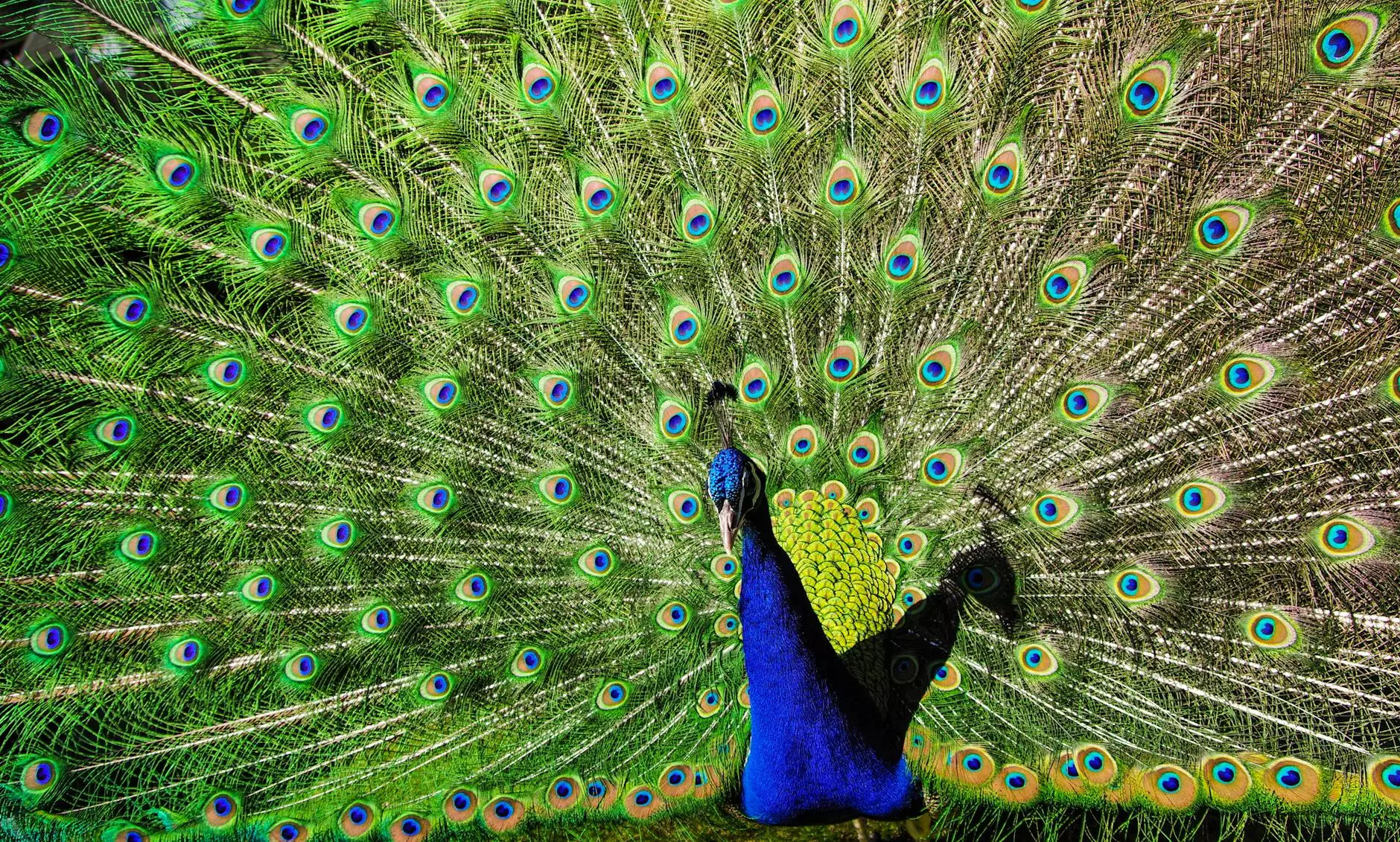Red Elderberry

Introduction
Welcome to Marjorie Cowley's website, dedicated to exploring the wonders of nature. In this section, we delve into the captivating world of red elderberry (Sambucus racemosa).
About Red Elderberry
Red elderberry is a deciduous shrub native to North America. It belongs to the Adoxaceae family and is known for its vibrant red berries, beautiful flowers, and significant ecological value. This species is commonly found in moist forests, stream banks, and open clearings.
Natural Habitat
Red elderberry thrives in a variety of habitats, from low-elevation forests to mountainous regions. It prefers locations that provide ample sunlight, adequate moisture, and well-drained soil. This species can adapt to different conditions and is often found in disturbed areas, including clearcuts and burned forests, where it plays an essential role in ecosystem recovery.
Conservation Status
Understanding and conserving red elderberry is crucial for maintaining biodiversity and preserving healthy ecosystems. While red elderberry is not currently listed as an endangered species, its habitat fragmentation, deforestation, and invasive species pose significant threats to its populations. Conservation efforts are essential to ensure its long-term survival.
Ecological Importance
Red elderberry serves as an important food source for a variety of wildlife, including birds, mammals, and insects. Its bright red berries are rich in nutrients and provide sustenance for many species. The shrub also contributes to the overall forest ecosystem by fixing nitrogen, improving soil fertility, and offering shelter for wildlife.
Uses
Red elderberry has long been recognized for its cultural and medicinal uses. Native American tribes utilized various parts of the shrub for medicinal purposes, including treating colds, fevers, and sore throats. Additionally, its vibrant berries are used in the production of jams, jellies, wines, and syrups.
Growing Red Elderberry
If you're interested in cultivating red elderberry, it's essential to consider its specific requirements. The shrub generally prefers moist, well-drained soil and partial shade. Propagation can be achieved through seed germination or stem cuttings. However, be aware that certain parts of the plant, such as leaves and uncooked berries, can be toxic if ingested.
Conclusion
In conclusion, red elderberry is a remarkable species with ecological significance and various practical uses. Marjorie Cowley invites you to dive into the world of red elderberry, appreciating its beauty and understanding the importance of its conservation. By exploring nature's wonders, we can foster a deeper connection with the environment and contribute to its preservation.









